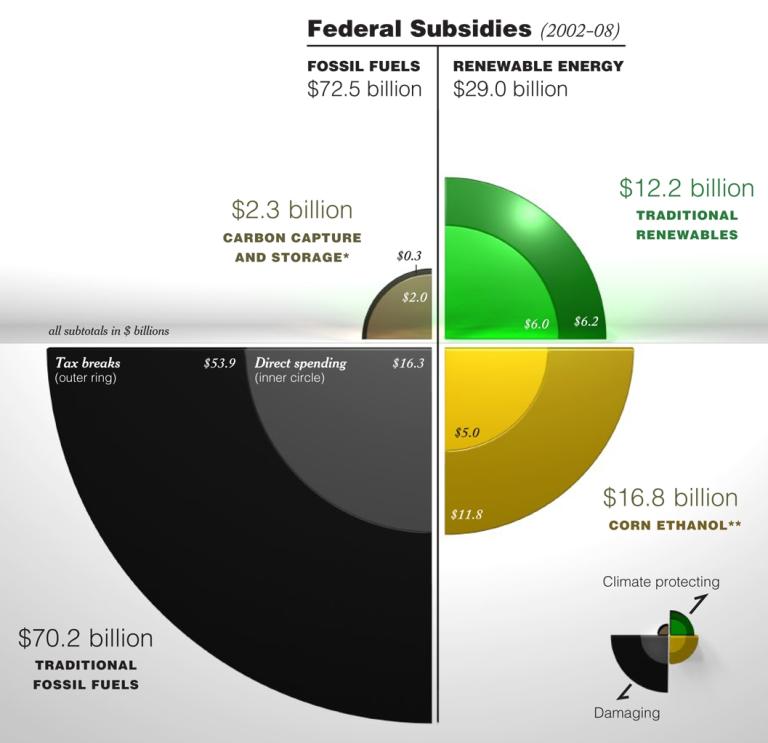In December 2009, more than 120 Heads of Government attended the Copenhagen Climate Change Summit, the largest meeting of world leaders in history (the previous largest one was the funeral of the Pope according to Wikipedia). Many of the leaders came to Copenhagen with new commitments to actions on global warming pollution (as I discussed here and here). Under the accord, all of the big emitters are expected to record their commitments officially by Jan. 31, 2010 (in Appendix I and Appendix II).
Countries used to say: “We’ll act if you act.” Coming out of Copenhagen they are saying: “We’ll all act together.” So now that we’ve passed the end of January, where are we towards those commitments?
Presidents and prime ministers from more than two dozen key countries that represent more than 80 percent of the world’s global warming pollution hammered out the Copenhagen Accord (as you can see in this table). So actions by these countries to reduce their emissions will be critical to solving global warming.
While the accord didn’t accomplish all that we will ultimately need to address global warming, the Copenhagen Accord made progress on one of the key foundations for international efforts — actions by key countries to reduce their global warming pollution (as I discussed here, my colleague discussed here, and NRDC’s President discussed here).
NRDC will be tracking the commitments that countries outline to reduce their emissions. We will also follow the steps taken to implement these commitments — the laws, policies, programs, etc. — and countries progress towards those commitments. And we’ll be tracking the support that is provided to assist developing countries in deploying clean energy, reducing deforestation emissions, and adapting to the impacts of global warming. Follow progress on our new webpage.
We’ve now passed the Jan. 31 deadline — the timeframe established in the accord for countries to register their emissions reduction actions. So let’s look at what key countries have registered as their actions towards reducing their global warming pollution.
United States — reduce emissions in the range of 17 percent below 2005 levels by 2020, 42 percent below 2005 levels by 2030, and 83 percent below 2005 levels by 2050 and ultimately in line with the energy and climate legislation passed by Congress. See David Doniger’s post for more details on the U.S.
China — reduce emissions per unit of GDP of 40 to 45 percent below 2005 levels by 2020 and a commitment to increasing energy from non-fossil fuels to supply 15 percent of China’s primary energy consumption by 2020. Also committed to increase forest cover by 40 million hectares by 2020 and increase forest stock volume 1.3 billion cubic meters above 2005 levels by 2020. See my colleague Barbara Finamore’s post for more details on the actions in China.
India — reduce emissions per unit of GDP of 20 to 25 percent below 2005 levels by 2020. To meet and exceed this goal, India is increasing fuel efficiency standards by 2011; adopting building energy codes by 2012; increasing forest cover to sequester 10 percent of India’s annual emissions in their forests; increasing the fraction of India’s electricity derived from wind, solar, and small hydro to 20 percent in 2020 (from the current level of 8 percent). My colleague Anjali Jaiswal’s will post for more details on the actions in India.
Brazil — reduce emissions growth by 36 to 39 percent below business-as-usual levels by 2020 — a level estimated to bring down Brazil’s emissions to 1994 levels. Brazil also pledged to cut deforestation by 80 percent from historic levels by 2020 (as I’ve discussed here).
European Union — reduce emissions to 20 percent below 1990 levels by 2020 and would increase their commitment to 30 percent if other countries commit to ambitious efforts.
South Africa — reduce emissions growth 34 to 42 percent below business-as-usual levels by 2020 with finance, technology, and capacity-building support from the developed world. See my previous post on South Africa for more details.
Mexico — reduce emissions 50 percent below 2002 levels by 2050 and reduce carbon dioxide emissions by 50 million tons per year starting in 2012 with its own means and funds.
Indonesia — reduce emissions by 26 percent by 2020 from business-as-usual levels and by as much as 41 percent with international support. See my previous post for more on Indonesia.
South Korea — reduce emissions to 30 percent below projected levels by 2020, which equates to a target of approximately 4 percent below 2005 levels. See my previous post for more context on South Korea’s actions.
Some of these commitments are being conveyed to the U.N. as “voluntary commitments.” And I’m sure some will say, “well those aren’t meaningful since the country isn’t saying that they’ll definitely do it.” But these countries are actually putting in place laws, regulations, and programs in their domestic context to actually meet these objectives. That is important as that is where the rubber meets the road. And with the agreement on transparency in the Copenhagen Accord (as I discussed here) we’ll actually have regular mechanisms to evaluate the progress of countries towards their commitments.
These commitments are not enough to curb global warming, but they could be the first steps on a new pathway to real progress in reducing emissions and moving to a global low-carbon economy. They signal a real willingness of countries to move past words and to concrete actions to curb their global warming pollution.
So now is the time to move past words and to action. As the international efforts continue, let’s continue to focus on the actions that countries take to reduce their global warming pollution — after all that is what will actually solve global warming. I hope you’ll help us keep track and make sure that the Copenhagen Accord leads to climate action.




